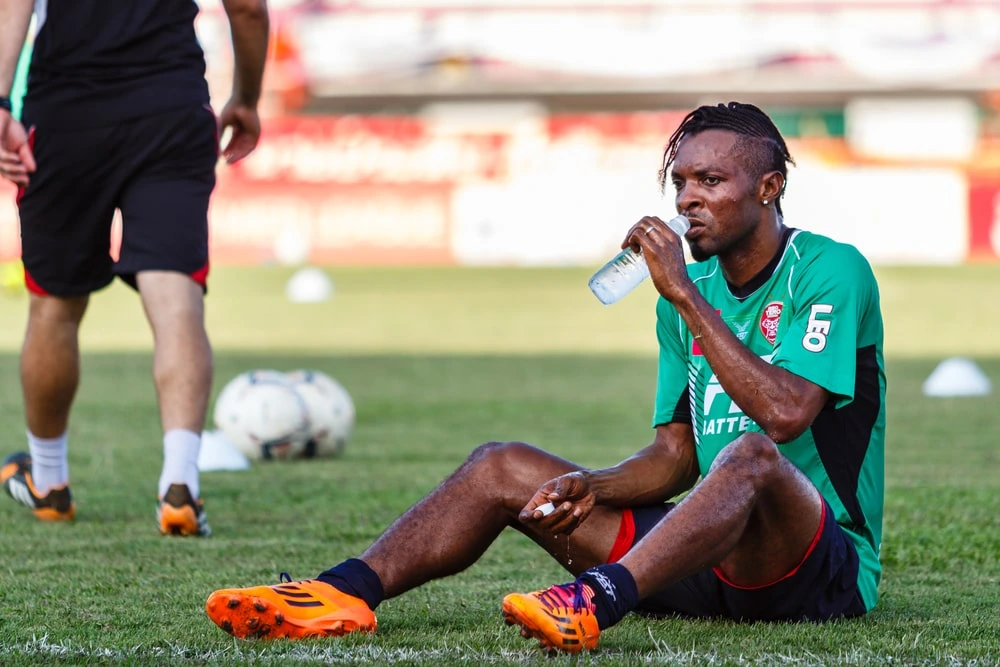Ever find yourself wondering what to do during those seemingly endless soccer halftimes? In this blog post, we’ll dive into just how long halftime actually is in the world of soccer.
Halftime is a crucial part of any soccer game, providing players and coaches with a valuable opportunity to regroup, strategize and recharge for the second half. It is a 15-minute break that occurs between the two halves of a soccer match. While halftimes may seem like just a brief pause in the game, they play an important role in the overall flow and outcome of the match.
Factors that influence the duration of halftimes
There are a variety of factors that can influence the duration of halftimes in soccer matches. These factors can vary depending on the league, country, and specific rules and regulations in place. In this section, we will delve into some of the most common factors that contribute to the length of halftimes.
1. League and Competition Rules
One of the primary factors that determine the duration of halftimes is the specific rules set by each league or competition. For example, in professional leagues such as the English Premier League or La Liga, standard halftime breaks are typically 15 minutes long. However, in other leagues like MLS, halftime breaks may be extended up to 20 minutes due to commercial breaks and sponsor activations during this time.
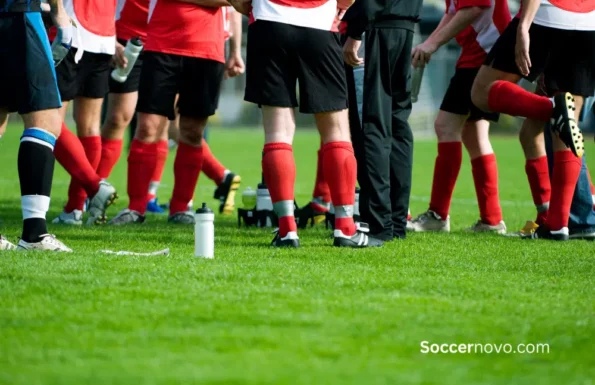
2. Television Broadcast
In modern times, television broadcasting has become an integral part of soccer matches, with millions of viewers tuning in to watch games live from their screens. As a result, broadcasters often have a say in determining the length of halftimes as they need time for commercials and analysis segments during these breaks.
3. Weather Conditions
Weather conditions can also play a significant role in influencing halftime durations. In extreme weather conditions such as heavy rainfall or intense heat, officials may decide to extend halftime break for players to rest and hydrate adequately before resuming play.
4. Game Length
The length of a soccer match can also impact how long its halftime will be. For instance, during international tournaments like World Cup or European Championships where teams play 90 minutes plus extra time if needed – half-time duration may be longer than usual due to increased physical demands on players.
5. Injury Time
Injury time refers to any additional minutes added by referees at the end of each half due to stoppages caused by injuries or other delays during gameplay. If there is significant injury time added at the end of first half then referees might shorten second half’s halftime duration to compensate for the added time.
Halftime lengths in different leagues and championships
Have you ever wondered why halftime lengths vary across different leagues and tournaments? In this section, we will take a closer look at the differences in halftime lengths between some of the most popular soccer leagues and tournaments around the world.
1. EPL
Let’s start with the most popular league in the world – the English Premier League (EPL). The EPL has a halftime length of 15 minutes, which is also consistent with other top European leagues such as La Liga (Spain), Bundesliga (Germany), and Serie A (Italy). This 15-minute break allows players to rest, receive medical treatment if needed, and make necessary tactical adjustments before heading back onto the field for the second half.
2. MLS
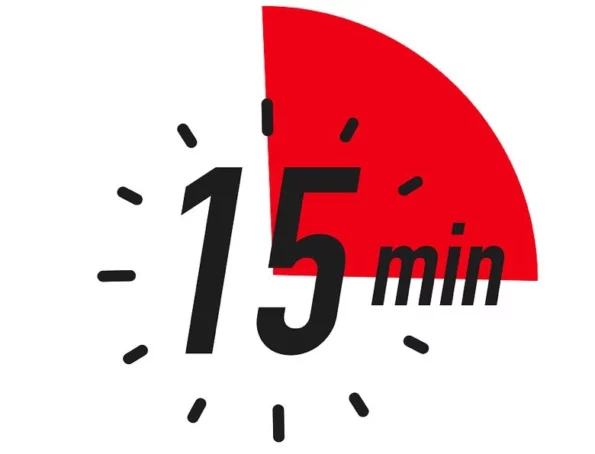
Moving on to Major League Soccer (MLS) in North America, there is an interesting contrast in halftime lengths. While regular season matches have a 15-minute halftime break like most European leagues, playoff matches have a longer halftime period of 20 minutes. This is because playoff games are considered more intense and physically demanding than regular season matches, so players need additional time to recover.
3. Copa Libertadores
In South America’s top-flight league – Copa Libertadores – halftimes are also longer compared to other leagues. Matches in this tournament have a halftime length of 17 minutes. This can be attributed to cultural differences where South American countries place more emphasis on taking breaks during sporting events.
4. NWSL and WSL
One striking difference that stands out when comparing halftimes across different leagues is seen in professional women’s soccer. In both National Women’s Soccer League (NWSL) in the United States and Women’s Super League (WSL) in England, halftimes are extended from 15 minutes to 20 minutes. This extra time helps female players who may require additional rest due to their physical differences compared to male players.
5. International tournaments
When it comes to international tournaments, the rules for halftime lengths are established by FIFA. For World Cup matches, halftimes are set at 15 minutes, similar to the EPL and other top European leagues. However, in an effort to reduce heat-related injuries, FIFA has allowed for extended halftimes of up to 25 minutes in certain conditions for matches played in extreme temperatures.
How to make the most out of a halftime break as a player or spectator
Halftime breaks in soccer provide a valuable opportunity for both players and spectators to regroup, strategize, and recharge for the second half of the game. Whether you are on the field or watching from the stands, here are some tips on how to make the most out of a halftime break.
For Players:
1. Hydrate
During a high-intensity sport like soccer, it is crucial to stay hydrated. Use the halftime break to replenish your fluids by drinking water or sports drinks. This will help prevent cramping and fatigue in the second half.
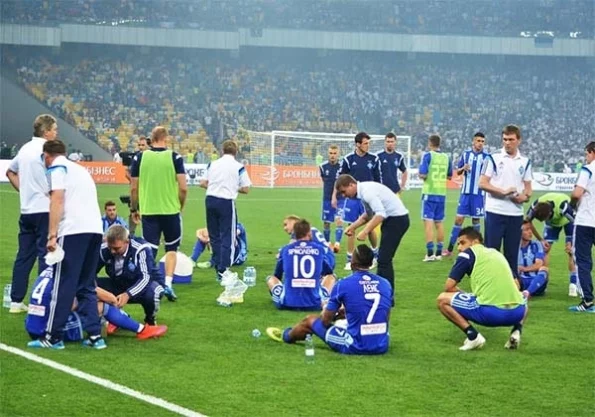
2. Refuel
Your body needs fuel to perform at its best, so use halftime as an opportunity to eat a light snack such as fruits or energy bars. Avoid heavy meals that can make you feel sluggish during the game.
3. Analyze
Take advantage of this short break to analyze your performance in the first half. Reflect on what went well and what needs improvement, both individually and as a team.
4. Stretch
Soccer involves running, jumping, and quick changes in direction which can put strain on your muscles. Use halftime to stretch out those muscles and prevent injuries in the second half.
5. Stay Focused
It can be easy to lose focus during a long game, but it is important to stay mentally present during halftime. Listen carefully to your coach’s instructions and visualize yourself executing them successfully in the second half.
For Spectators:
1.Socialize
Halftime breaks offer a great opportunity for fans to socialize with each other and share their thoughts about the game so far.
2.Get Refreshments
Grab some snacks or drinks from concessions stands during halftime so you won’t miss any action when play resumes.
3.Watch Highlights/Analysis
Many broadcasting networks air highlights from previous games or provide analysis of current matches during halftime breaks. Take advantage of this time to gain more knowledge about teams and players involved in the game.
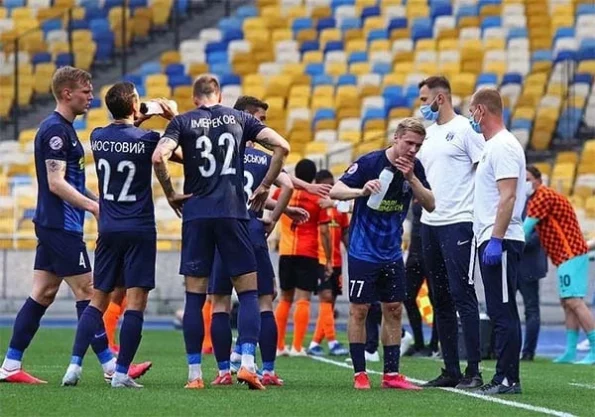
4. Stretch
Just like the players, spectators can also benefit from stretching during halftime. It will help relieve any tension or stiffness in your muscles from sitting for an extended period.
5. Use the Restroom
This may seem obvious, but with long halftime breaks, it’s a good idea to use the restroom so you won’t have to miss any moments of the second half.
Conclusion
Halftime serves as a crucial break for both players and spectators, providing a chance to regroup and strategize for the remainder of the game. Next time you watch a soccer match, take note of how long halftime is and appreciate this necessary pause in play.
FAQs
15 minutes.
The 45-minute half has been a standard since the late 19th century and is based on the amount of time it takes for two teams to complete a game.
The additional time after 90 minutes in soccer, also known as stoppage or injury time, allows for any delays that may have occurred during the game to be accounted for.
